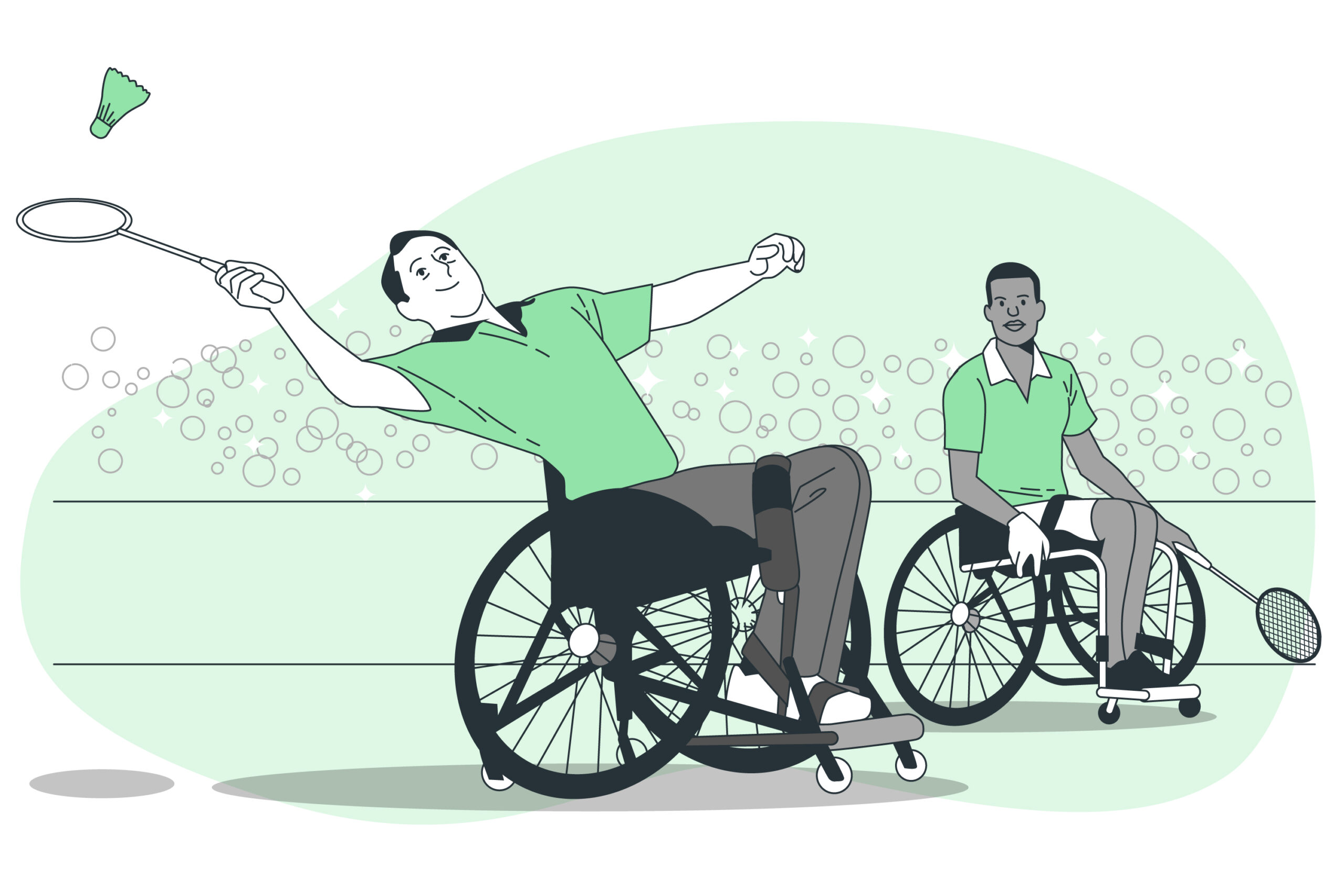Classification

what is classification?
Challenging the interests of Para sport is the threat of one-sided and predictable competition, in which the least impaired athlete always wins.
Classification is the cornerstone of the Paralympic Movement, it determines which athletes are eligible to compete in a sport and how athletes are grouped together for competition. In Para sports, athletes are grouped by the degree of activity limitation resulting from the impairment. This, to a certain extent, is similar to grouping athletes by age, gender or weight.
Different sports require athletes to perform different activities, such as: sprinting, propelling a wheelchair, rowing and shooting. As sports require different activities, the impact of the impairment on each sport also differs. Therefore, for classification to minimise the impact of impairment on sport performance, classification must be sport specific.
Classification aims to minimise the impact of the impairment on athletes’ performance so that the sporting excellence determines which athlete or team is ultimately victorious. Ensuring that athletes are classified prior to competing is crucial to safeguarding the integrity and credibility of the competition.
It is important to underline that the competitive structure provided by classification systems is not only key for elite sport but also necessary for promoting grassroots participation in Para sports for people with an impairment.
Eligible Impairment Types in the Paralympic Movement
Impaired Muscle Power
A health condition that reduces or prevents voluntary muscle contraction, affecting movement and force generation. Examples include spinal cord injury, muscular dystrophy, post-polio syndrome, and spina bifida.
Limb Deficiency
Athletes with Limb Deficiency have total or partial absence of bones or joints as a consequence of trauma (for example traumatic amputation), illness (for example amputation due to bone cancer) or congenital limb deficiency (for example dysmelia).
Leg Length Difference
Athletes with Leg Length Difference have a difference in the length of their legs as a result of a disturbance of limb growth, or as a result of trauma.
Short Stature
Athletes with Short Stature have a reduced length in the bones of the upper limbs, lower limbs and/or trunk. Examples of an Underlying Health Condition that may lead to Short Stature include achondroplasia, growth hormone dysfunction, and osteogenesis imperfecta.
Hypertonia
Athletes with Hypertonia have an increase in muscle tension and a reduced ability of a muscle to stretch caused by damage to the central nervous system. Examples of an Underlying Health Condition that may lead to Hypertonia include cerebral palsy, traumatic brain injury and stroke.
Ataxia
Athletes with Ataxia have uncoordinated movements caused by damage to the central nervous system. Examples of an Underlying Health Condition that may lead to Ataxia include cerebral palsy, traumatic brain injury, stroke and multiple sclerosis.
Athetosis
Athletes with Athetosis have continual slow involuntary movements. Examples of an Underlying Health Condition that may lead to Athetosis include cerebral palsy, traumatic brain injury and stroke.
Intellectual Impairment
Athletes with an Intellectual Impairment have a restriction in intellectual functioning and adaptive behaviour in which affects conceptual, social and practical adaptive skills required for everyday life. This Impairment must be present before the age of 18.

Determining if the athlete meets the Minimum Impairment Criteria for a sport
Each sport’s classification rules describe how severe an Eligible Impairment must be for an athlete to be considered eligible to compete. These criteria are referred to as Minimum Impairment Criteria.
Minimum Impairment Criteria must ensure that an athlete’s Eligible Impairment affects the extent to which the athlete is able to execute the specific tasks and activities fundamental to the sport.
Examples of Minimum Impairment Criteria are a maximum height defined for athletes with short stature, or a level of amputation defined for athletes with limb deficiency.
Minimum impairment criteria should be defined on the basis of scientific research, which assesses the impact of impairments on the sport’s activities. As sports require different activities, the Minimum Impairment Criteria are also specific for each sport. Consequently, an athlete may meet the criteria in one sport, but may not meet the criteria in another.

